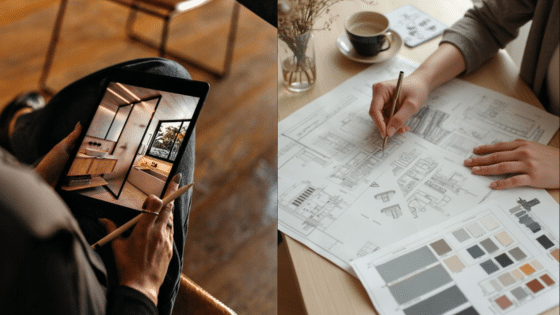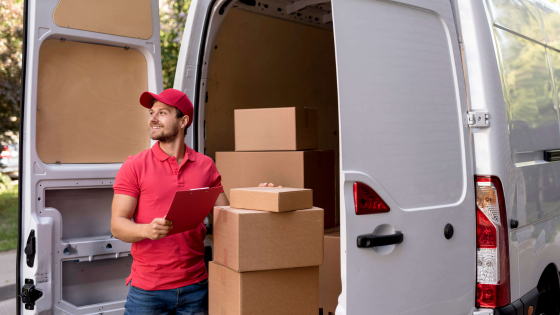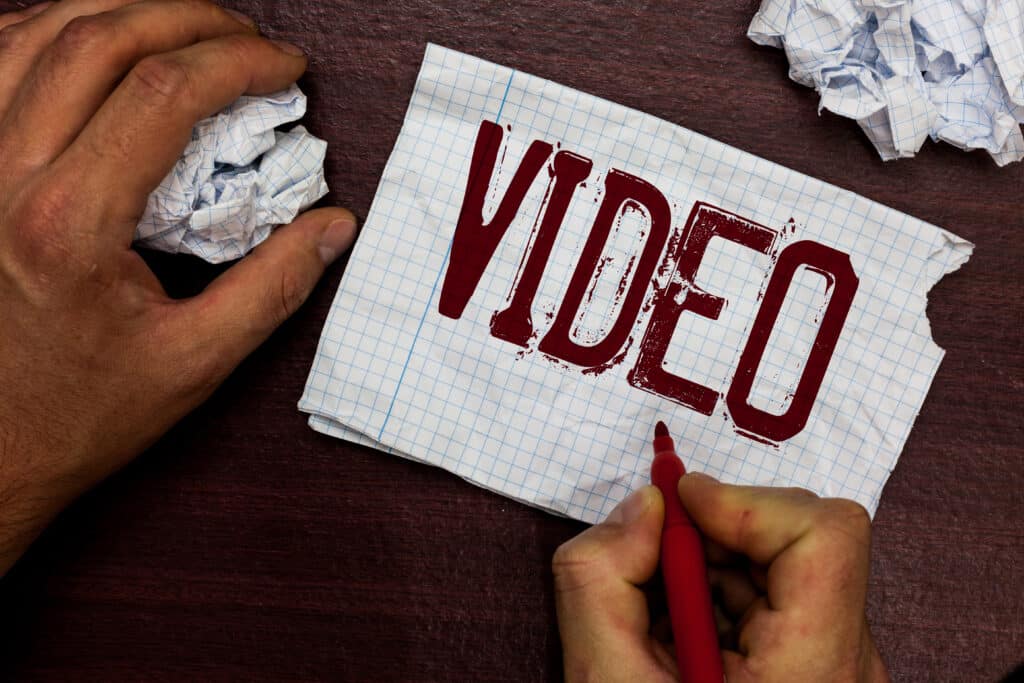
Video surveillance is part of everyday life now—whether it’s CCTV in a shop, dashcams on delivery vans, or body-worn cameras used by police. With so much footage being recorded, organisations have a responsibility to protect people’s privacy. That’s where video redaction comes in.
Traditionally, redacting sensitive content from video—like faces, license plates, or bystanders has been done manually. But let’s be honest: it’s slow, tedious, and easy to get wrong. As video volumes grow and compliance regulations tighten, relying on manual redaction just doesn’t cut it anymore.
Here are five solid reasons why switching to automated video redaction software is a smart move, whether you’re a business, law enforcement agency, or legal team.
1. It Saves a Ton of Time
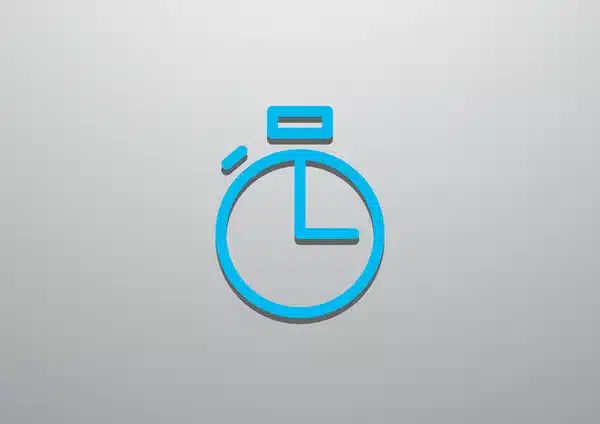
If you’ve ever tried manually redacting a video, you know it’s no quick task. Every second of footage has to be reviewed, and each frame edited to blur out sensitive details. Multiply that by hours of video, and you’re looking at days of work.
Automated redaction software changes the game. With AI and machine learning, the software can detect faces, license plates, and even tattoos or logos—automatically—within minutes. What used to take hours can now be done over a lunch break.
For any organisation handling lots of footage, automation isn’t just convenient—it’s essential. Check out secureredact.ai.
2. It’s More Accurate and Consistent
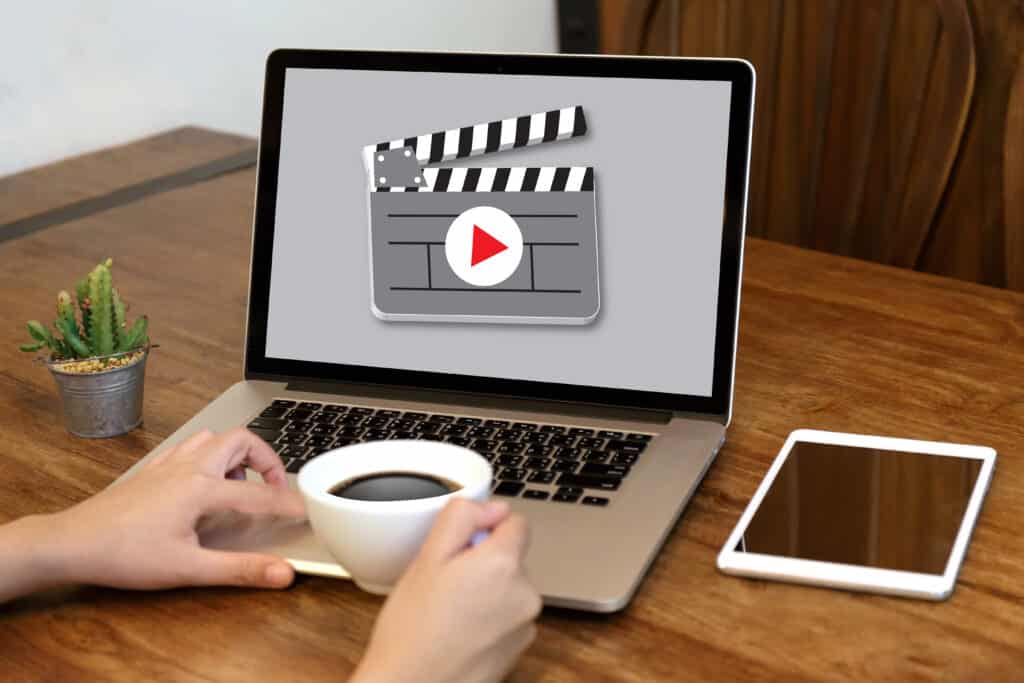
Humans make mistakes, especially when they’re doing repetitive work like redacting hundreds of frames. Miss one face or overlook a key detail, and you could be breaching someone’s privacy—or worse, violating a compliance rule.
Automated software doesn’t get tired or distracted. It uses trained models to detect sensitive elements consistently, frame after frame. Whether it’s one video or one hundred, the results are the same: clean, reliable redaction with fewer chances of anything slipping through the cracks.
Plus, it ensures every team member produces the same standard of work, no matter their experience level.
3. It Reduces Human Error (and Legal Risk)
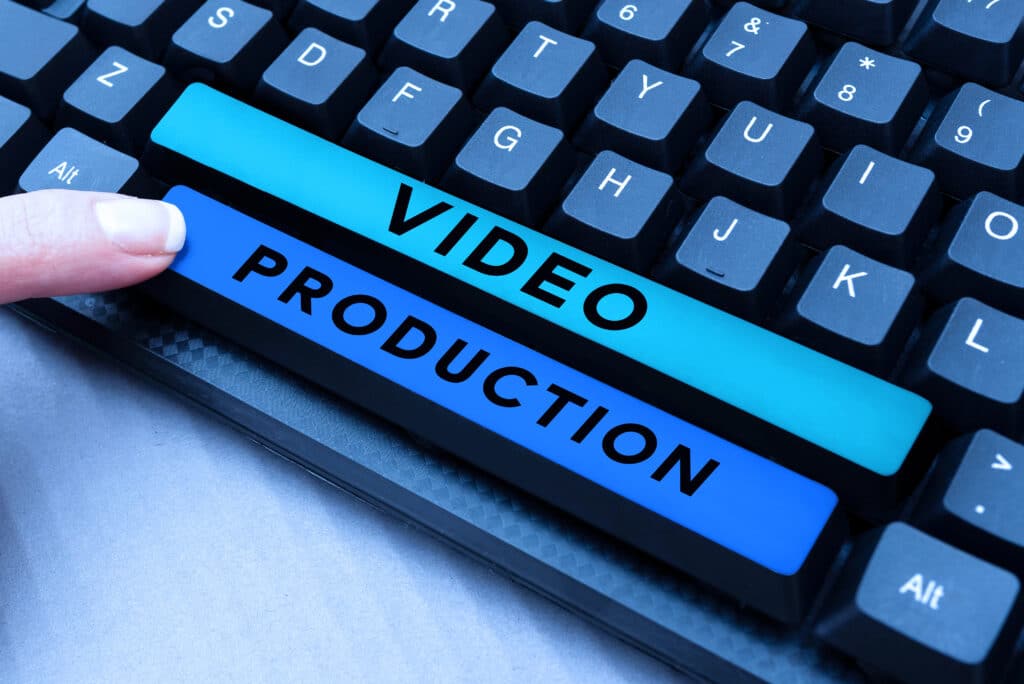
One overlooked face in a public records request can mean a serious data protection issue. If that happens in a law enforcement setting or a legal dispute, the consequences can be huge—fines, lawsuits, or reputational damage.
With automated redaction, you reduce the risk of human error significantly. Most platforms log every action, so you’ve got a traceable record of what was redacted and why. That’s incredibly useful when proving compliance or defending a process in court.
Simply put, automation helps you stay on the right side of the law—and protects your organisation from unnecessary headaches.
4. It’s Scalable and Future-Proof
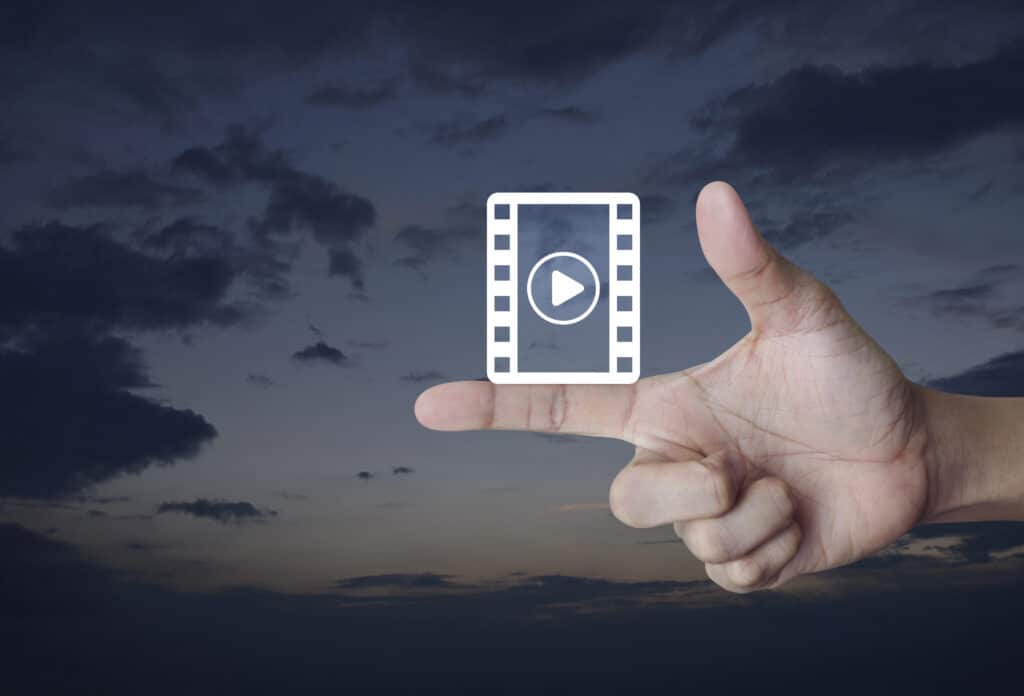
Manual redaction might work if you’re only dealing with the odd clip now and then. But if your workload is growing—or already out of control—it just won’t keep up.
Automated tools are built to scale. Need to redact 200 hours of CCTV for a legal request? No problem. Want to blur every bystander in a police bodycam archive? Done. With automation, your redaction capabilities grow with your needs.
And as privacy laws evolve, many platforms are updated regularly to meet new compliance standards. So you’re not just catching up—you’re staying ahead.
5. It Frees Up Your Team for Higher-Value Work
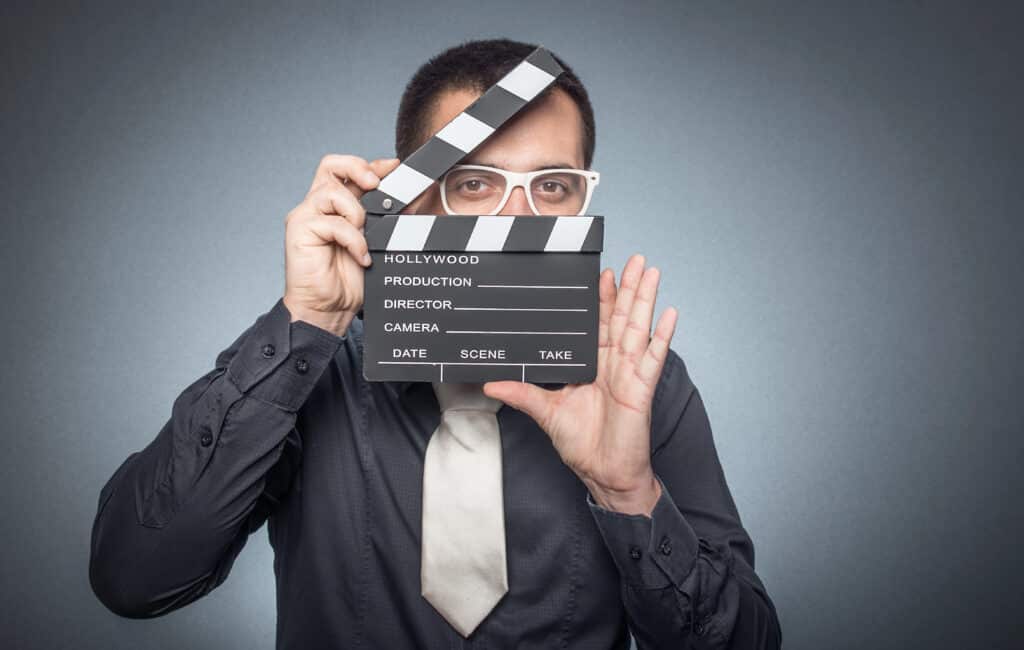
Your team’s time is valuable. Spending hours manually editing video is not the best use of that time—especially when automation can handle it for you.
By ditching manual redaction, your staff can focus on what really matters: analysing incidents, building cases, improving security protocols, or simply moving projects forward faster.
Not only does this boost productivity, but it also improves job satisfaction. No one enjoys spending hours squinting at a screen trying to blur out a moving car number plate.
Bonus Point: Compliance Made Easy
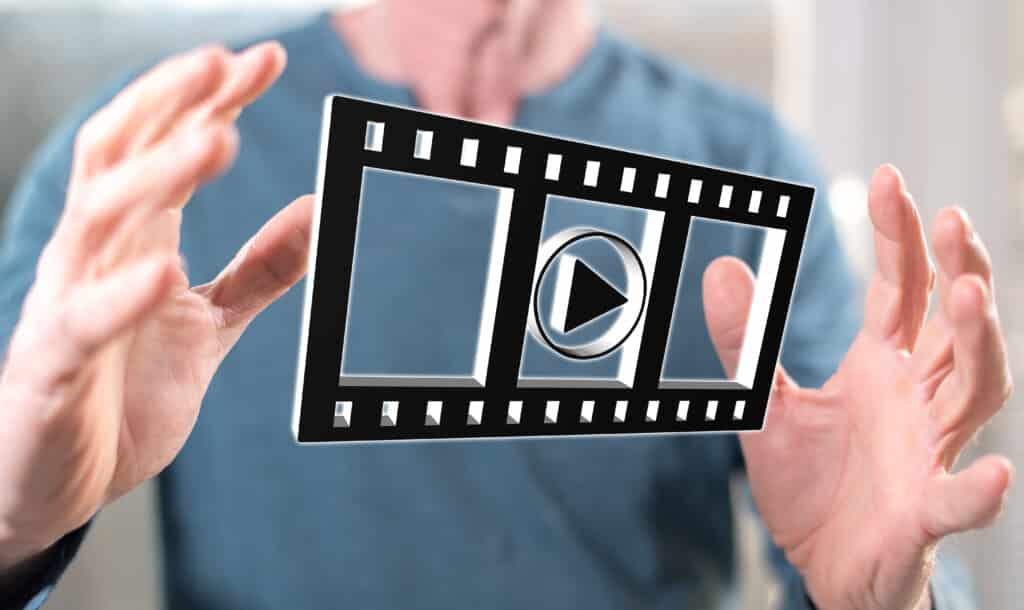
Let’s not forget the ever-growing list of regulations around data protection—GDPR, FOIA, HIPAA, and more. Manually keeping up with those can feel like chasing your tail.
Automated redaction software often comes with compliance features baked in. We’re talking audit logs, batch processing, and export-ready formats designed to meet legal requirements. That makes it easier for your organisation to stay compliant without extra stress or effort.
Conclusion
Manual video redaction might have worked in the past, but it’s not built for today’s fast-paced, high-volume, regulation-heavy world. Automation delivers speed, accuracy, consistency, and peace of mind—all while freeing up your team for more meaningful work.
So if you’re still redacting video the hard way, it might be time to rethink your approach. With the right software, protecting privacy and meeting compliance requirements doesn’t have to be a struggle—it can be automatic.
- 0shares
- Facebook0
- Pinterest0
- Twitter0
- Reddit0









